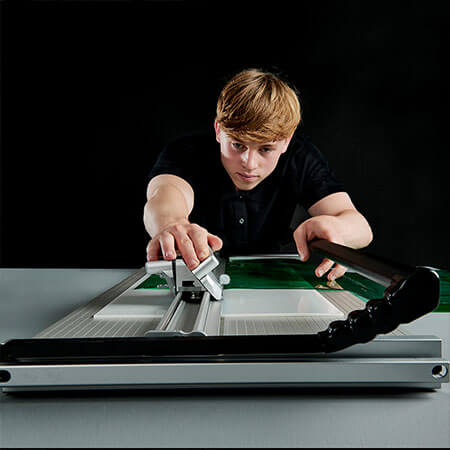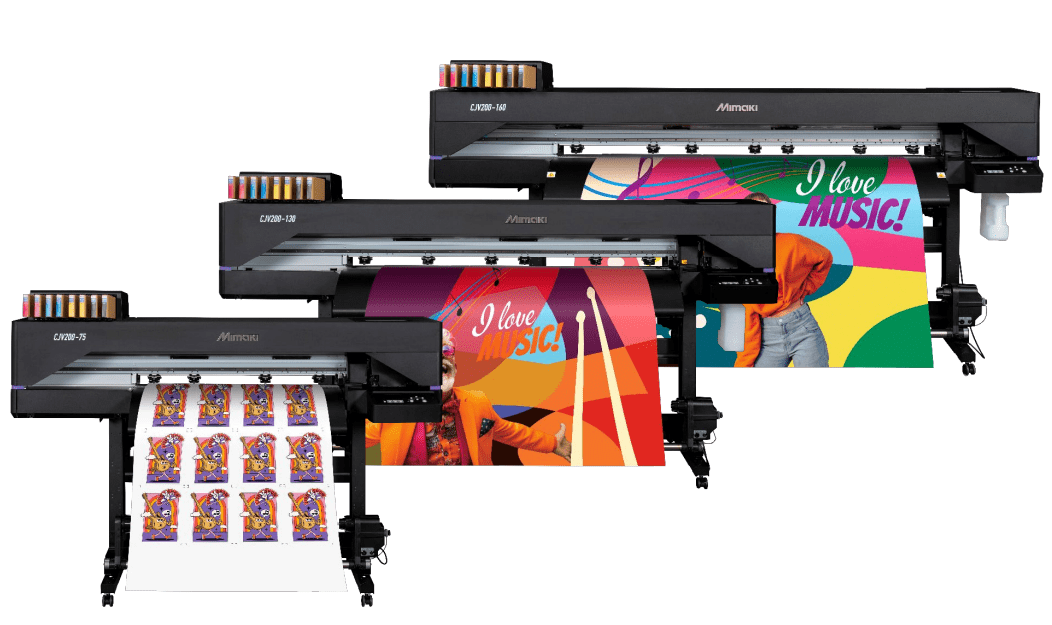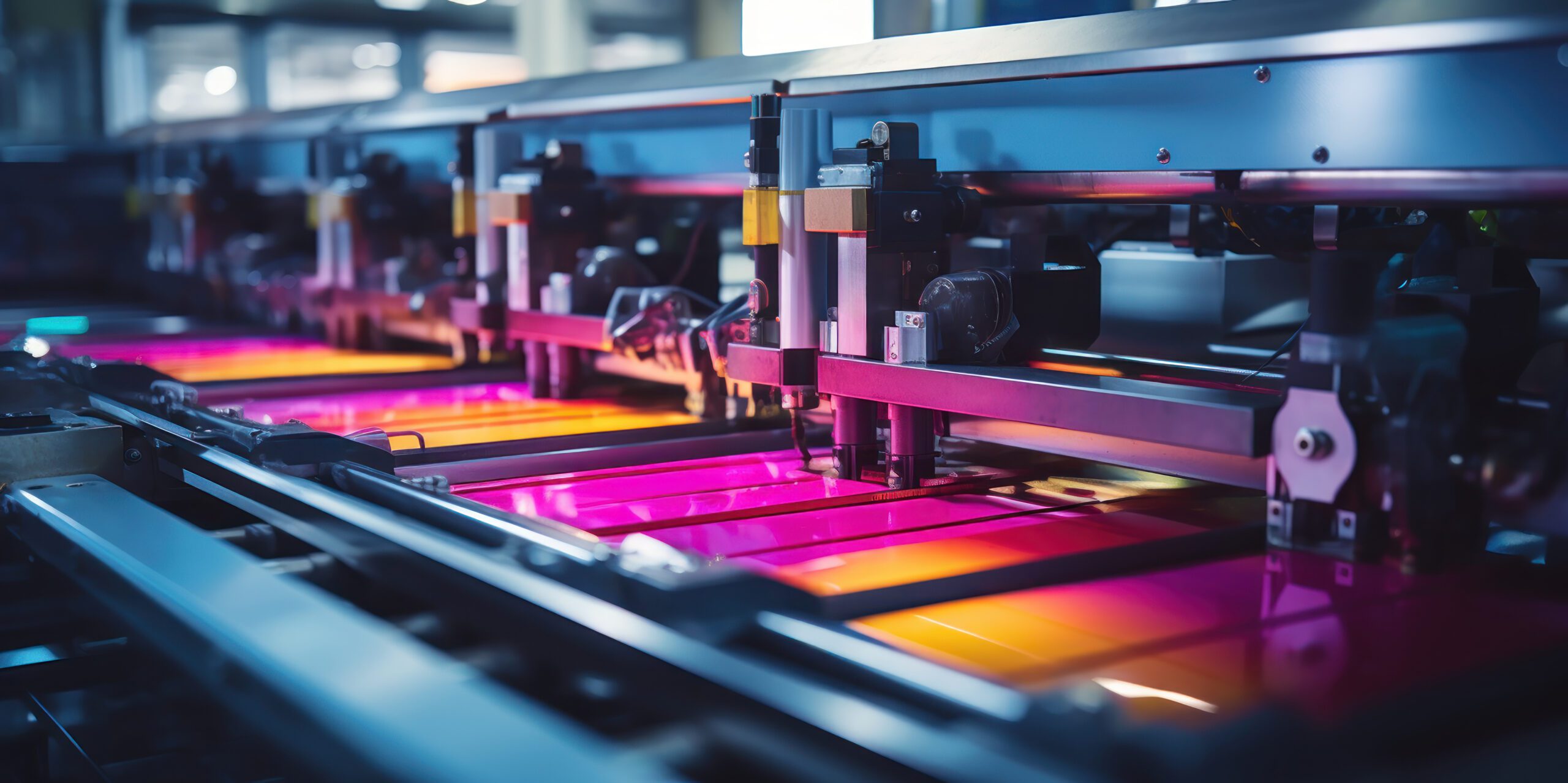What’s the difference between a rotary cutter and a guillotine? How about a contour cutter and a laser cutter? And which should you choose for your print shop? Here’s the Soyang guide.
Print cutters for your print business
You wouldn’t think the word ‘cutting’ could have quite so many meanings, but when you’re running a print shop there are lots of sorts of cutting (paper, vinyl, board, heavy duty, trimming edges, cutting out, engraving etc) and lots of machines to do it.
Sometimes those machines will be integrated with your printer (numerous large format printers will cut the product once the printing is finished, for example); sometimes you’ll print first and cut later. But sooner or later, you’ll need a reference doc that puts all those print cutters together and tells you what’s what.
Which is where this Soyang guide comes in.
1. Rotary Cutters
Let’s start at the simple, manual end of your print cutter machine options. You’ll find a rotary paper cutter in every office and school in the country and they’re ideal for cutting straight edges on single pieces of paper.
In your print shop, you’ll want to choose a professional option with a hard-wearing blade that will enable you to trim the straight edges of not just paper but films and vinyls too.
Not the option if you’re dealing with large volumes, but for trimming single items, why complicate things?
2. Guillotine Paper Cutters
Slices through reams of paper as easily as an actual guillotine used to slice through aristocratic necks. The right guillotine comes down to the volume of paper you’ll be cutting and the level of automation you want while doing it.
A simple heavy duty print cutter capable of handling a ream of A4 in a single slice will come in a little above £1,000. A power guillotine which can handle larger, thicker substrate with programmable cut options and, on some models, laser cut guides, will make life a lot easier for the busiest print shops for £20,000-30,000.
3. Board Trimmers
The very best rotary cutter will make light work of lightweight vinyls as well as paper, but if you’re trimming thicker materials you’ll need something designed for the job, otherwise you’ll mash up your print materials and clog your cutting blade.
Board trimmers are the print cutters designed for the job and are exactly what you need for trimming foam board, cardboard and similar.
4. Corner Rounders
A rounded corner is a classic design touch on everything from business cards to product swing labels, but if you’re researching cutting printing machine options, you’ll find the market is filled with lightweight crafting examples. These may be fine for occasional ones and twos but won’t cut it when you come to volume.
For that, look for a bench top model with the ability to handle 50mm+ stack heights and the freedom to switch die cutters to achieve a range of rounding styles.
5. Creasers
Ok, technically a creaser doesn’t cut anything, but it is a vital part of the print finishing armoury. Unless your print shop deals primarily in products that are always folded (e.g. greetings cards) you may want to choose a print cutter with integrated creaser to save on costs and space.
6. Cutting Tables
We’re heading to the industrial end of the print cutting machine spectrum now. Precision flatbed CAD cutting tables give your print shop the ability to produce signage, POS material, sample mock-ups and more, with bags of automation to take the repetitive tasks off your to-do list.
Depending on your choice of print cutter machine, you may be able to add wood, plastic and corrugated materials to the regular roster of substrates.
7. Contour Cutters
What’s the right print shop cutter for vehicle graphics, floor graphics, safety signage and more? A wide format contour cutter gives you cutting speed and accuracy with some of the most challenging substrate, including holographic and reflective materials and sandblast-coated.
8. Laser Cutters & Engravers
Laser cutters and engravers are how your print shop delivers those intricate cuts that deliver the wow factor in print, card and leather cutting. Depending on the quality of the cutter you choose, you may also be able to cut or engrave fibreglass, steel, aluminium, rubber, cloth, cork, acrylic and more.
Laser cutters cut. Engravers (obviously) achieve their finish by not cutting completely through the substrate.
Which cutting/printing machine should you choose?
All of the above could be the ideal option for your print shop. Clearly, some offer capabilities (in terms of speed, volume, substrate variety, automation and more) that others do not.
But if your business never engraves so much as a key ring, a laser engraver is going to be a very large and expensive white elephant. On the other hand, with the right volume of business to support it, it could be the shrewdest of investments.
The key to choosing the right print cutters, then, is to:
- Look at the business you have and the business you want
- Assess your current capacity to meet that need
- Forecast the volume of business you expect to attract, and the type and volume of cutting that will require
- Evaluate the market, both in terms of print cutter machine type and the merits of one model of that type of machine over another. As part of this, you’ll want to assess each piece of equipment’s ability to multi-task, so you can cut costs and space by investing in a single machine that could do the work of two or three.
- Choose the print cutters that will enable you to service existing and future customers most efficiently/effectively.
Talk to Soyang
With your print cutter in place, you’ll need the right print materials to trim, cut, contour and engrave. Find them with us.










